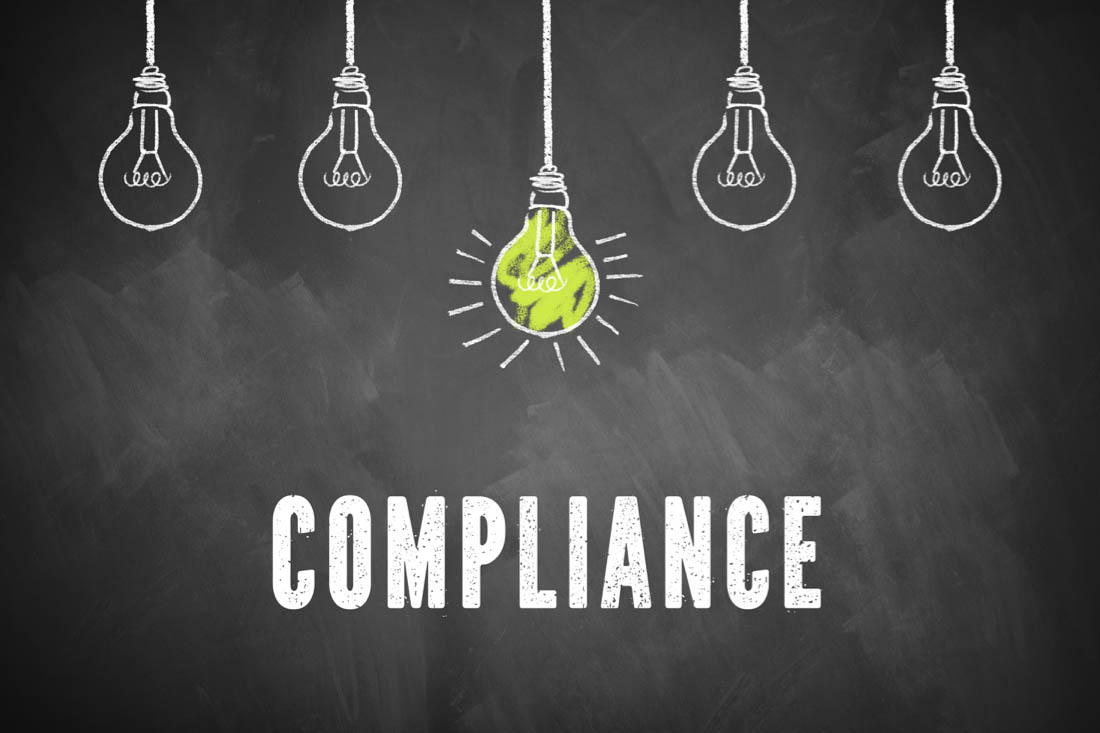Operational compliance is how well an organization follows the rules, regulations and standards set forth by regulatory bodies and authorities. This includes various aspects of business operations such as legal, financial and ethical considerations.
Let’s explore why ensuring operational compliance is critical for businesses to maintain integrity, avoid legal consequences and promote a culture of transparency and trust. Plus get key strategies to improve operational compliance in your organization.
What is operational compliance?
At its core, operational compliance means aligning business practices with applicable laws, regulations and industry standards. This includes complying with government regulations such as taxation, labor practices and environmental protection measures. It also extends to industry-specific standards and guidelines to ensure quality and safety in delivering products and services.
Companies that focus on risk and compliance establish policies and procedures to guide employees in how to adhere to requirements. This includes fostering a culture of awareness, actively maintaining a company-wide understanding of regulations as they change, providing regular training programs and implementing robust monitoring and auditing mechanisms.
Key elements of operational compliance
Operational compliance encompasses several important elements to be effective:
- Legal compliance: Complying with all relevant laws and regulations including staying up to date with changes in legislation and maintaining legal counsel.
- Financial compliance: Following accounting standards for accurate financial reporting, tax compliance and transparent financial records.
- Information security: Protecting sensitive data from unauthorized access, including robust cybersecurity measures like encryption, firewalls and employee training.
- Operational risk management: Identifying and mitigating potential risks through risk assessments, mitigation strategies and regularly reviewing and updating risk management plans, including establishing compliance programs.
- Ethical practices: Following ethical guidelines to ensure the business operates with integrity. Examples include promoting a culture of ethics in the workplace, providing ethics training for employees and establishing ways to report ethical concerns.
- Active participation: Following emerging trends and industry best practices across the business landscape by actively participating in industry associations, attending conferences and seminars and engaging in knowledge-sharing activities.
Operational compliance goes beyond merely adhering to regulations. It also involves actively seeking opportunities for continuous improvement and innovation.
The importance of operational compliance
Maintaining operational compliance may seem like a nuisance, but it’s essential for all organizations. Here are the benefits of compliance — and risks of non-compliance.
Benefits of maintaining operational compliance
- Legal protection: Complying with laws and regulations minimizes your risk of legal actions or regulatory penalties.
- Enhanced reputation: Demonstrating a commitment to compliance fosters trust among customers, investors and employees.
- Operational efficiency: Compliance practices streamline operational efficiency by reducing errors and improving processes in day-to-day operations.
- Risk mitigation: Proactive compliance helps identify and address potential risks.
Risks of non-compliance
- Fines and penalties: Regulatory bodies may impose hefty fines and penalties for violating relevant laws and regulations.
- Reputational damage: Non-compliance often leads to negative publicity, erosion of customer trust, damage to a company’s brand image and less interest in applying for roles.
- Legal action: Serious infractions can result in lawsuits, legal disputes and damage to a company’s bottom line.
- Limited market access: Failure to comply with industry-specific regulations may hinder a company’s ability to enter new markets or participate in certain contracts.
Strategies to improve operational compliance
1. Create a compliance team
While every organization has different needs, establishing a team committed to risk and compliance management shows your commitment — both within your organization and to any external auditors or regulatory officials. You may not have the headcount to devote team members to compliance alone, but you can develop compliance professionals at different levels throughout the organization.
Make compliance part of your organizational strategy and ensure that managers, individual contributors and leaders are trained in critical areas. These individuals should participate in compliance activities including audits, training, establishing policies and monitoring for compliance risks.
2. Conduct compliance audits
Regular compliance audits are essential for identifying gaps, weaknesses and non-compliant areas within an organization. These audits involve a thorough evaluation of processes, documentation and employee practices to ensure alignment with applicable laws and regulations.
Using an employee monitoring solution such as ActivTrak gives auditors easy access to information on employee workflows as well as compliance risks and trends. Auditors can use this information to develop action plans, address issues or establish robust controls to prevent future non-compliance.
3. Establish compliance policies and procedures
A well-defined set of compliance policies and procedures serves as a guide for employees, ensuring consistent adherence to legal and industry requirements. These policies should cover various aspects such as data privacy, anti-corruption and workplace safety.
Companies should establish clear reporting mechanisms to allow employees to raise compliance concerns anonymously and without fear of retaliation. This fosters a culture of transparency so organizations can address issues promptly and effectively.
4. Implement compliance training
A comprehensive compliance training program for employees is the best way to promote a culture of compliance. Effective training educates employees on relevant laws, regulations and company policies as well as the potential consequences of non-compliance.
Tailor your training to specific roles and responsibilities, giving employees the knowledge and tools they need to meet compliance requirements. Regular training updates reinforce compliance awareness and keep employees informed about any changes in regulations or policies.
5. Monitor for compliance risks
Organizations must continuously monitor for compliance risks and possible breaches to mitigate them quickly. Using employee monitoring software to analyze employee activities and workflows for potential compliance and data breach risks provides ongoing protection for organizations.
This software quickly shows where employees might be engaging in risky actions and shows unusual activity trends. At the same time, employee monitoring shows how many employees are actively following compliance rules throughout the organization. IT security and other departments should set alarms that trigger following risky actions based on the company’s compliance policies, such as unauthorized logins or suspicious data access. Managers should regularly check in on employee activity including workflows to ensure employees aren’t doing anything that’s a compliance risk.
Improve operational compliance with ActivTrak’s employee monitoring software
Operational compliance is a critical aspect of business operations, encompassing legal, financial and ethical considerations. By prioritizing operational compliance, you safeguard your reputation, mitigate risks and demonstrate integrity to stakeholders. Implementing robust compliance practices, leveraging technology and continually measuring and improving compliance efforts all help you achieve — and maintain — operational compliance.
Ready to elevate your organization’s operational compliance and productivity? ActivTrak offers advanced workforce analytics and employee monitoring for deep insights into how work is done, ensuring compliance while optimizing employee well-being and productivity. Manage hybrid and remote workforces, monitor productivity and much more with ActivTrak’s award-winning solutions. Contact our sales team today to get started and unlock your team’s full potential.





